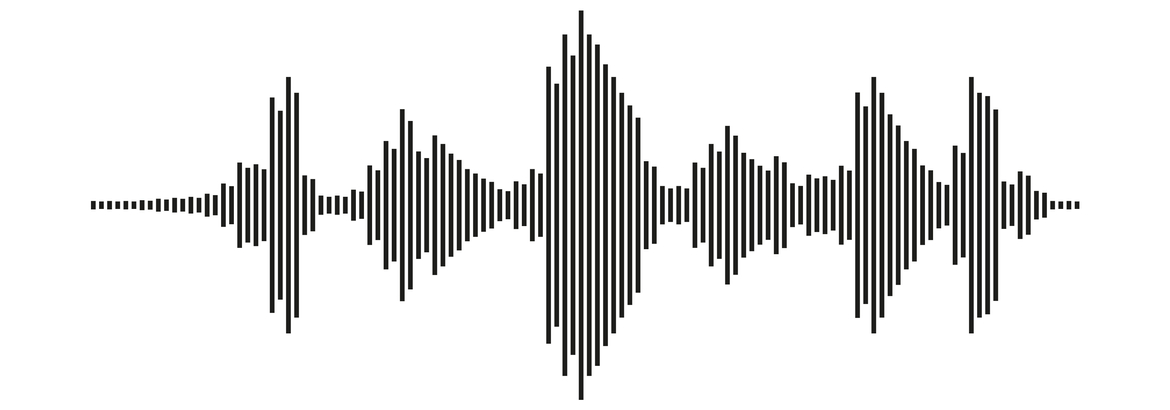 As part of IBTM World’s new Future Focus series of presentations and interactive sessions, Independent Creative Director and Live Events and past ILEA board member, Robert Dunsmore, will present a session titled ‘Pimp my senses…Body Talk’ at 12.30pm on Day One of IBTM World.
As part of IBTM World’s new Future Focus series of presentations and interactive sessions, Independent Creative Director and Live Events and past ILEA board member, Robert Dunsmore, will present a session titled ‘Pimp my senses…Body Talk’ at 12.30pm on Day One of IBTM World.
In the first of our Event Sense series, Robert explains why the often-neglected aspect of sound at events can be one of your greatest assets, if used in the right way.
Sound Quality
“Talk, its only talk” spits King Crimson vocalist Robert Fripp in his 1981 essay single on the noise that surrounds us every day. “Arguments, agreements, advice” he continues, “babble, burble, banter, brouhaha – comments, clichés, controversy, contradiction”. A blurting response to the birth of the internet, naming the track after an early online blog – Elephant Talk – he concludes, “…dialogue, duologue, double talk – it’s only talk”.
Events are sensory experiences, and noisy ones at that. Our audiences are exposed to a continual accumulation of indeterminate sounds assaulting their senses that dilute their relationship with your event.
We’re only human; if we don’t like something we tune out, switch off or move away. It’s an unconscious human reaction. Uncontrolled white noise is damaging to audience perception of your event. Most is accidental, unpleasant and, if left disorganised, will result in audio disengagement from your event content.
Don’t hurt their feelings
We can do better. To our audiences, events are a sensory experience and their “feelings are facts”.
For our event attendees, senses are their technology, the tools used to process their sense of your event. The way they feel about your event is shaped by how they receive it. Their take-aways will be based on the touchy-feely-tasty-smelly – and in the case of this blog – noisy information they experience.
Rather than adding sound as an afterthought, plan early and consider your event as a soundscape. If we apply a little sound quality to our events with a little sound design, we can make delegates’ lives better and keep them consciously engaged and tuned in.
Events as soundscapes
Don’t worry, this blog is not advocating that you turn your event into a full-on musical production – but redress the balance between dis-organised and organised sound, the unconscious and conscious listening, to keep the audience engaged and tuned in.
What should your event sound like?
Your marketing strategy requires you to design a logo for your event as a brand ID for the eyes. Your audience might touch or swipe digital signage to navigate their agenda, you curate food and beverage and format the service to coincide with breaks in content – but what about designing the audio experience?
Create a unique sonic ID for your event. Strategic use of sound can play a positive role particularly suited to today’s busy world, cutting through the noise and keeping that conscious link open to your audience. Studies show that sounds or audio cues can influence behaviour, increase the speed of visual search or provide a call to action.
We already experience this, as do our audiences. Brands have already successfully leveraged value from sound and music association – think Apple, Spotify and sports streaming. Sound and music function as an international language across numerous platforms, web, podcasts, apps, video, and beyond live as a signature at any delegate touchpoint.
Sound Bites
Sonic IDs work. From the songs that we listen to on our daily commute or workout, to the theme tunes of McDonalds, Coca Cola, Mastercard or Intel, branded sounds are shortcuts to our minds.
Irrespective of what you’re about to watch, about one third of a second into Netflix’s iconic single drum note signature and you are transported back to some late-night binge box set. It’s exciting, it’s emotional, and your choices, content and even your ears have just been branded.
Create a sonic brand
Your sonic signature applied along the audience timeline will order the chaos and keep your audience tuned into what’s about to happen next. Your event brand will be omnipresent with both your event and your event content.
Build out from the sonic signature and curate a music playlist in your registration, so visitors emerge from dis-organised soundscape to an organised one.
Use your sonic signature as a call to action, for public announcements and to organise agenda information in order to engage beyond the noise clutter.
Use your sonic signature as a call to order for seminars and plenary sessions and as a signature on all legacy videos and podcasts; be the content streamer of choice both live and beyond the event.
If content was once king, now your audience is. Build better theatres where they can hear what’s being said and use your sonic strategy to deliver better streaming experiences to external audiences.
Maintain the sonic ID. You can change the logo, the venue, the menu every year – but the sonic remains the same – it will feel right and as we’ve learnt “feelings are facts”.
Robert Dunsmore will be delivering a session – Six memos for the last six months: The evolution of event design – at IBTM World Virtual this year as part of our IBTM Inspire Masterclasses content stream, aimed at exploring new creative strategies for online and on-demand events.
Find out more here.

